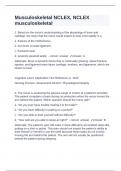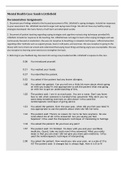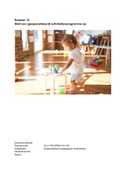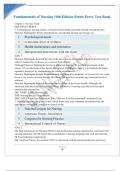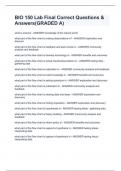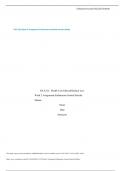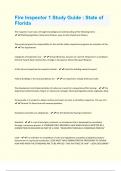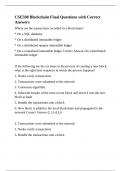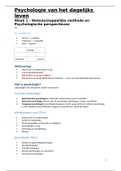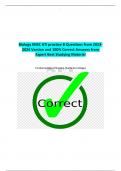Exam (elaborations)
Musculoskeletal NCLEX Questions with complete solution
- Module
- Institution
Musculoskeletal NCLEX Questions with complete solution 1. Based on the nurse's understanding of the physiology of bone and cartilage, the injury that the nurse would expect to heal most rapidly is a a. fracture of the midhumerus. b. torn knee cruciate ligament. c. fractured nose. d. severely sp...
[Show more]
